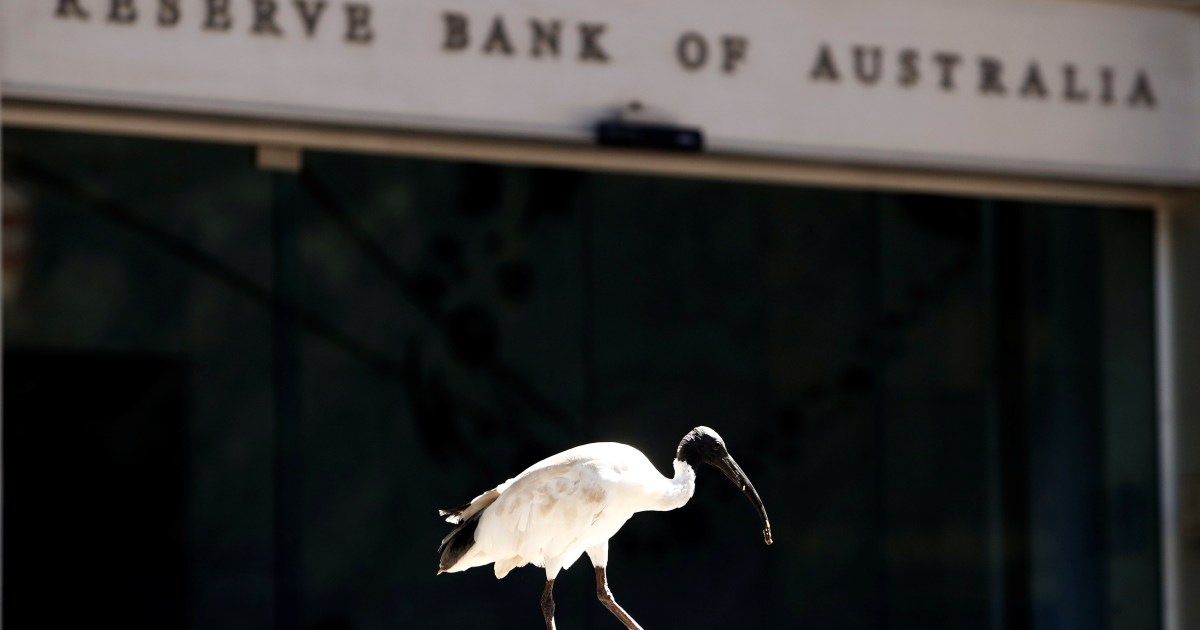[ad_1]
Reserve Bank of Australia suggests benchmark rate still too low as unemployment dips to lowest level in nearly 50 years.
Australia’s central bank has signalled the need for higher interest rates to tame rising inflation, despite recent rate hikes, as unemployment drops to its lowest level in nearly 50 years.
The Reserve Bank of Australia (RBA) sees the current benchmark rate of 1.35 percent as being “well below” the so-called neutral rate that is neither expansionary nor contractionary, according to minutes of its July policy meeting released on Tuesday.
“The level of interest rates was still very low for an economy with a tight labour market and facing a period of higher inflation,” the RBA minutes said.
“Members viewed it as important that inflation expectations remained well anchored and that the period of higher inflation be temporary.”
The central bank raised the benchmark rate by half a percentage point at its July 5 meeting, the third hike in as many months.
RBA Governor Philip Lowe has often suggested the neutral rate lies at about 2.5 percent.
The RBA minutes, however, show that policymakers are concerned the neutral rate could rise higher if households and businesses expect higher inflation.
Following the policy meeting, unemployment fell sharply in June to a 48-year low of 3.5 percent as hiring exceeded expectations.
With Australia at practically full employment, some market watchers expect the RBA to raise the benchmark rate by 0.75 percentage point in August before lifting it to 3.25 percent by year-end.
Inflation figures due next week are expected to show that prices rose by more than 6 percent on an annual basis in the second quarter.
The RBA forecasts inflation to decline towards its 2-3 percent target band in 2023, according to the minutes released on Tuesday, albeit subject to expectations remaining anchored.
The RBA also discussed how Australia’s heavily indebted households would cope with rising borrowing costs and inflation.
“Members agreed it was important to continue to monitor these various influences on household spending when assessing the appropriate setting of monetary policy,” the minutes showed.
[ad_2]
Source link















